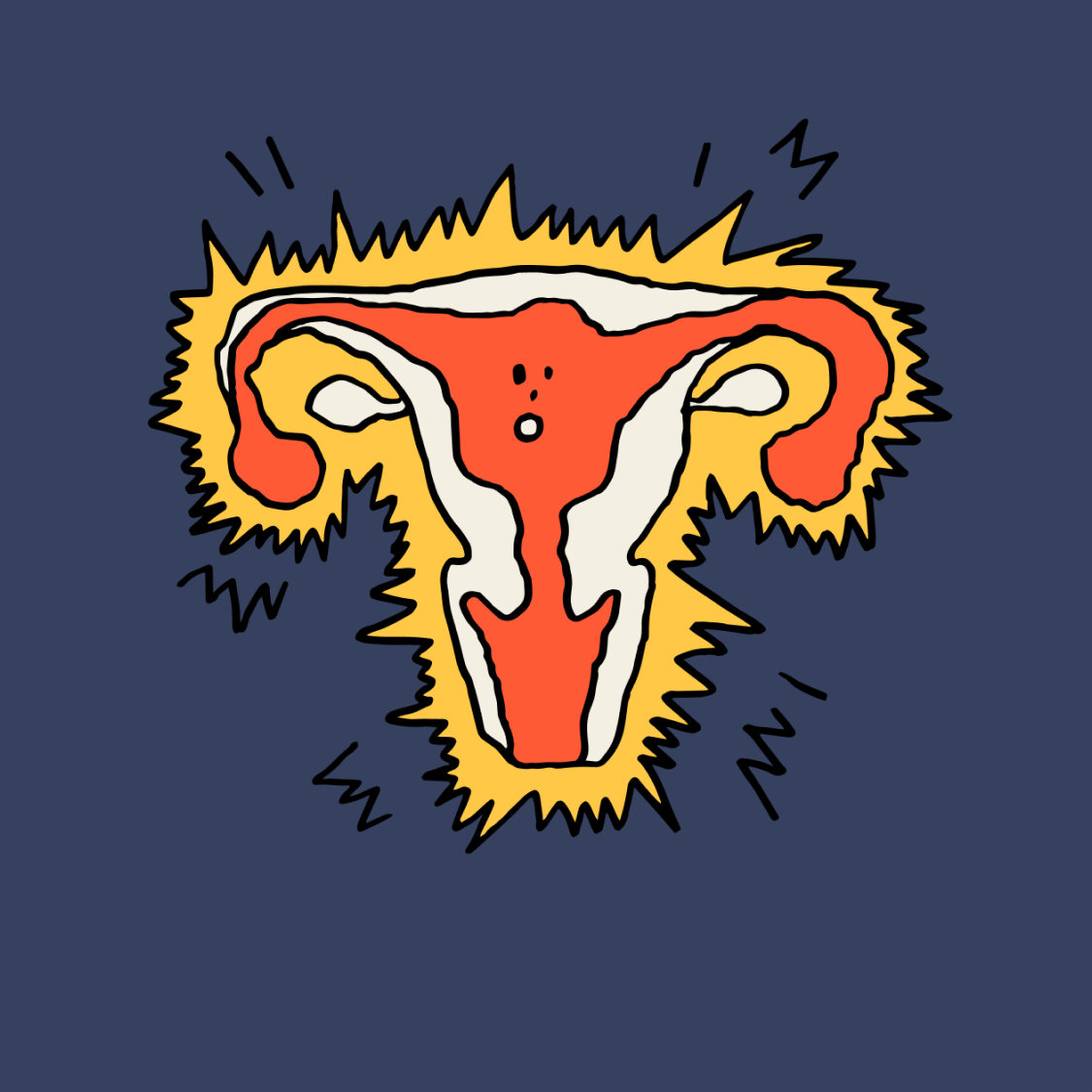Objectives
Despite the long history of women using menstrual products, the required period for conducting research on the safety of the products is relatively short. This article will discuss the most common disorder that can result from using improperly made menstrual products or using products inappropriately. The possibility of death due to tampons or menstrual cups is not a myth but a scientifically proven fact. Let’s take a look at the correct information on “Toxic Shock Syndrome” and learn the safer way to use menstrual products.
A Very Rare, But Very Fatal Disease
✔️ Toxic Shock Syndrome (TTS)
It is a rare but potentially life-threatening illness. TSS is an infection caused by an overgrowth of Staphylococcus aureus or Streptococcus penetrating the blood and releasing toxins. It is rare, impacting 2 out of 10,000 people a year globally but once there are symptoms the disease progresses at an accelerating speed and may lead to death if severe. Early diagnosis and treatment can ensure a full recovery.
Who Is at Risk?
- Commonly effects young people.
- Over half of TSS patients are women who are menstruating.
- Though it can affect postmenopausal women, men, and even infants.
What Are the Symptoms?
Symptoms and prognosis of TSS vary by the causative bacteria but regardless they will occur suddenly and acceleratingly worsen over days. If you have any of the following symptoms, immediately seek medical assistance.
- A sudden high fever, muscle aches, vomit, diarrhea, a rash resembling a sunburn, redness of the eyes, dizziness, low blood pressure
- Difficult breathing (if infected with Staphylococcus aureus)
- Peeling of the skin on the hands and soles of the feet (if infected with Streptococcus)
✔️ Cause & Prevention
The bacteria that cause TSS are Staphylococcus aureus and Streptococcus bacteria. These bacteria usually exist on our skin and nose or lips and do not cause harm, but they can release toxins once they enter deep into the body.
The following are known to be factors increasing the risks of TSS.
- Using tampons or menstrual cups (if the product itself has issues, from long-term wear, or if there is a wound inside the vagina)
- Using an Intrauterine Contraceptive Device (IUD) (rare)
- Inserting unsafe objects inside the vagina
- Wounds from a cut, post-surgery, a burn, or bug bites
- Childbirth
The following are recommended to reduce the risks of TSS.
- Change tampons every 4-8 hours
- Store reusable menstrual cups safely and cleanly
- Do not use menstrual cups with scratches
- Wash your hands well when changing menstrual products
✔️ Treatment
If you have even a single symptom of TSS while using a tampon or menstrual cup, immediately seek medical advice.
You might receive the following treatment in the ICU.
- an IV injection to prevent dehydration
- Drugs to increase your blood pressure
- Antibiotics
- Disinfectants for the infected area
- Removal of infected tissue
✔️ Risk Factors
The relation between TSS and menstrual products such as tampons and menstrual cups has not yet been clearly identified. However, experts believe that because the acidity inside the vagina during menstruation is relatively lower than usual it is a good environment for bacteria to be active and inserting any object can increase the risk of infection. Tampons as well as menstrual cups, intrauterine devices (IUD), diaphragms, and anything that is inserted into the vagina increase the risk of bacterial infection.
- Are 100% organic tampons safe from TSS?
Even if it is pure organic cotton sourced from nature, to your body it is nothing but a stranger visiting from far away. This piece of cotton is generally harmless in most situations and could be suitable for the environment of our bodies, but it can still cause minor changes which can react with an infection. It is needless to mention the dangers of historic tampons that were full of synthetic materials.
- The Woman Who Lost Both Feet Due to TSS While Using a Menstrual Cup
In April 2020, Sandrine Graneau, a 36-year-old woman living in Loire-Atlantique, France felt a mild stomach-ache while using a menstrual cup for several hours. It was TSS. The pain became severe in just few moments and spread to the heart, liver, and lungs. Despite the prompt treatment by a medical team, doctors had to amputate her two feet and 18 finger knuckles.
The maximum wear time of the menstrual cup is known to be 12 hours but may vary depending on the specification of the cup and the user’s condition. Graneau’s case is very unusual but her story alerts us that the menstrual cup is not a “perfect” and “flawless” menstrual product for all situations.
Summary
- Using tampons ≠ TSS
- Even if the chance of developing TSS is very low, TSS fatality should not be overlooked. However, you also shouldn’t panic by overexaggerating its fatality.

